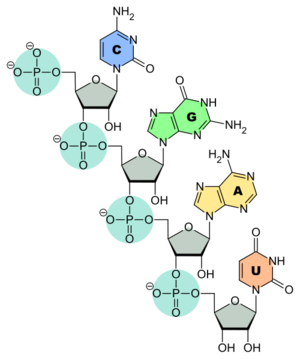Researchers have discovered a new route, which could help explain the very origins of life on Earth, by making a molecule called RNA from the gloop of  chemicals available at the time.
chemicals available at the time.
RNA is similar to DNA and is found in our cells, but it can also store information and self replicate.
These properties allow it to mutate and evolve, which means that scientists think it could have been the molecule that transformed into the very first cell, a theory commonly called "The RNA world hypothesis".
But the problem with the theory is that RNA is complex, and no one has been able to fully show how it could have formed from the simple building blocks that were around on early (prebiotic) Earth.
Publishing in Science this week, Professor Thomas Carell and his team from Ludwig-Maximilians University, have found a way to get from those early chemicals, to adenine and guanine, two of the smallest components of RNA.
These so called nucleosides are extremely hard to make and adenine and guanine are the most complicated.
The route the researchers have developed is called the FaPys pathway, because it shows how the molecule FormamidoPyrimidine (FaPy) can be made from the chemicals on early earth.
From there it is just one small step, the combination of FaPy with simple sugars, to adenine and guanine, which are the hardest parts of RNA to make.
As well as helping to explain how life started on earth, the pathway has more far reaching applications.
'The route in principal allows you to synthesise a diverse set of nucleosides,' explained Carell.
'Since nucleosides are pharmaceutically active compounds that are ingredients of anti-viral therapeutics and they are part of cocktails given during anti-cancer therapy, I think our chemistry may have the chance to provide new nucleosides with interesting pharmacological properties.'
- Previous Paper-based, Low-cost, Zika Test
- Next Tiny robots powered by ANTs










Comments
Add a comment